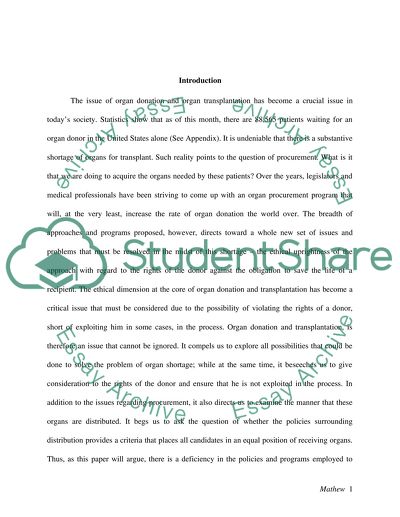Cite this document
(“Ethics of Organ Donation and Transplantation Essay”, n.d.)
Ethics of Organ Donation and Transplantation Essay. Retrieved from https://studentshare.org/health-sciences-medicine/1504179-ethics-of-organ-donation-and-transplantation
Ethics of Organ Donation and Transplantation Essay. Retrieved from https://studentshare.org/health-sciences-medicine/1504179-ethics-of-organ-donation-and-transplantation
(Ethics of Organ Donation and Transplantation Essay)
Ethics of Organ Donation and Transplantation Essay. https://studentshare.org/health-sciences-medicine/1504179-ethics-of-organ-donation-and-transplantation.
Ethics of Organ Donation and Transplantation Essay. https://studentshare.org/health-sciences-medicine/1504179-ethics-of-organ-donation-and-transplantation.
“Ethics of Organ Donation and Transplantation Essay”, n.d. https://studentshare.org/health-sciences-medicine/1504179-ethics-of-organ-donation-and-transplantation.


